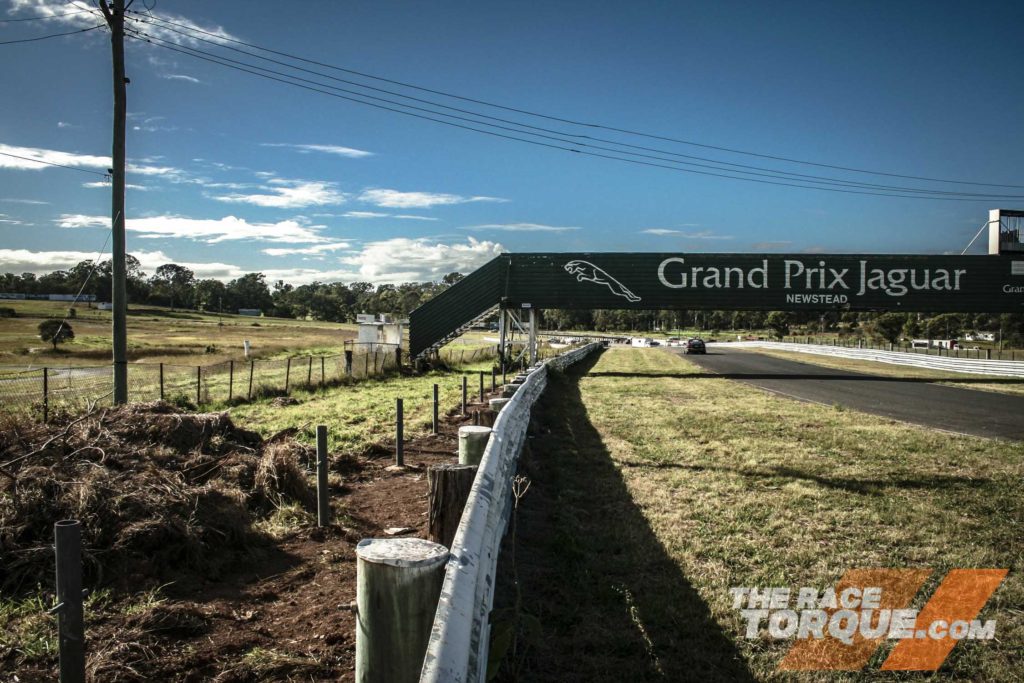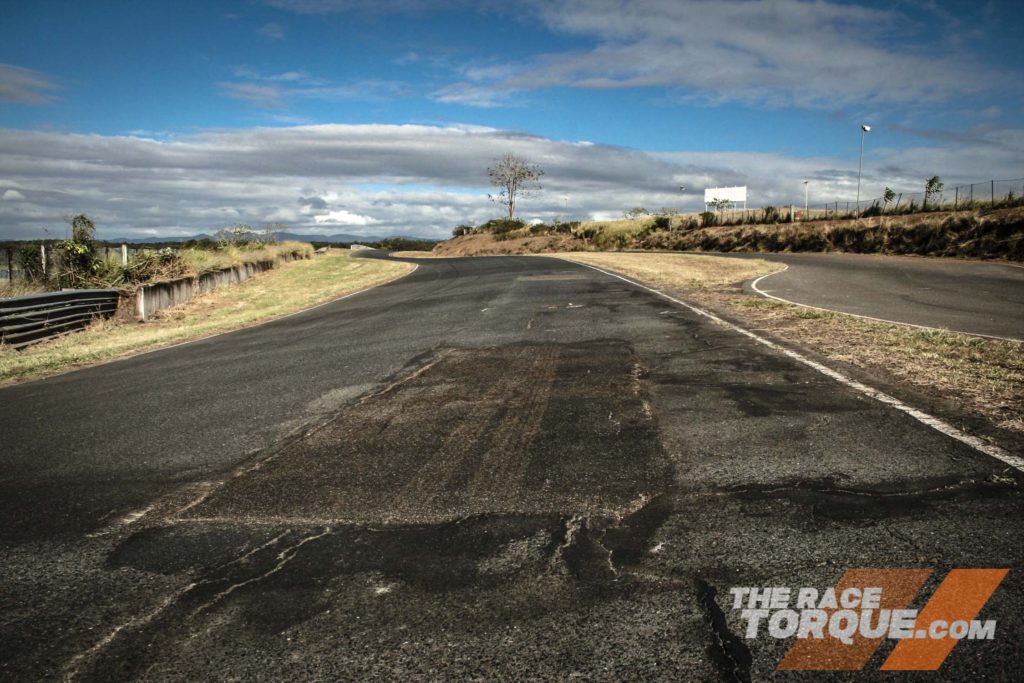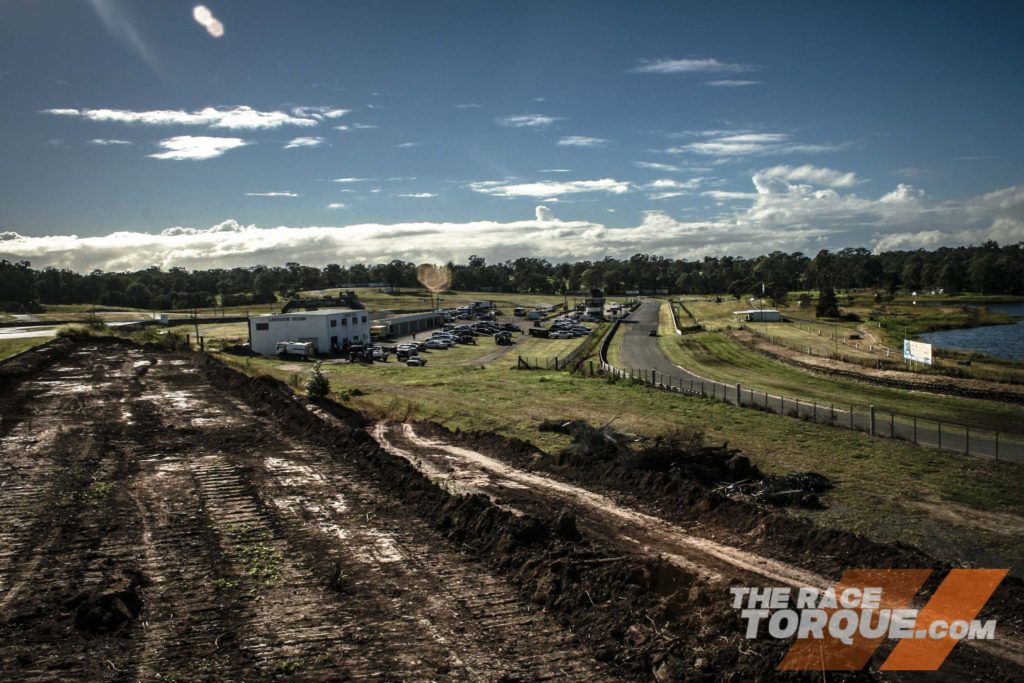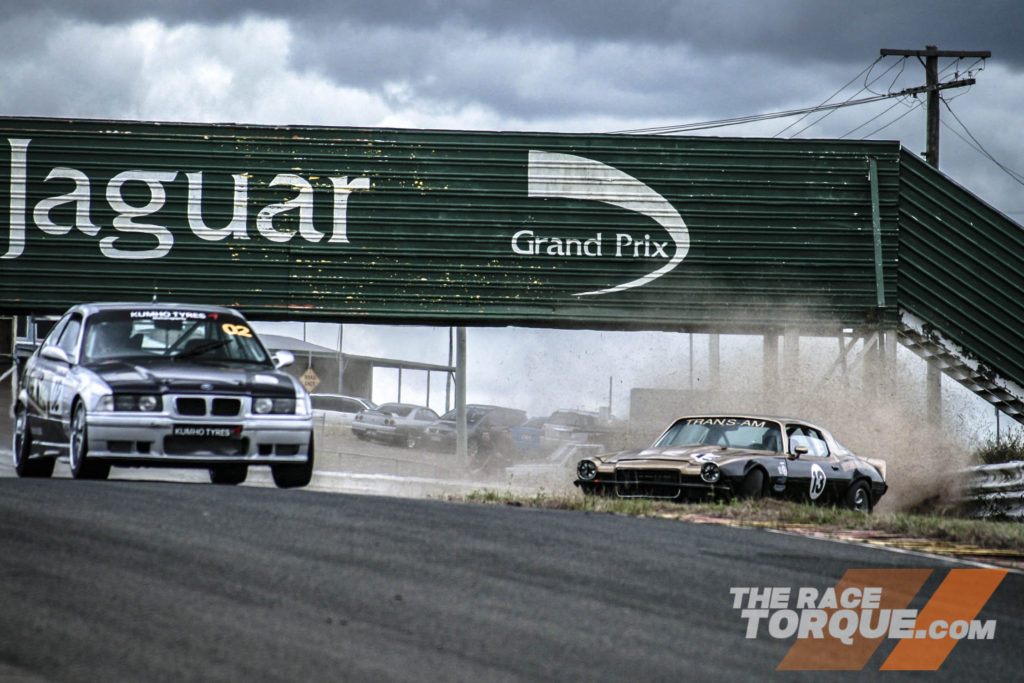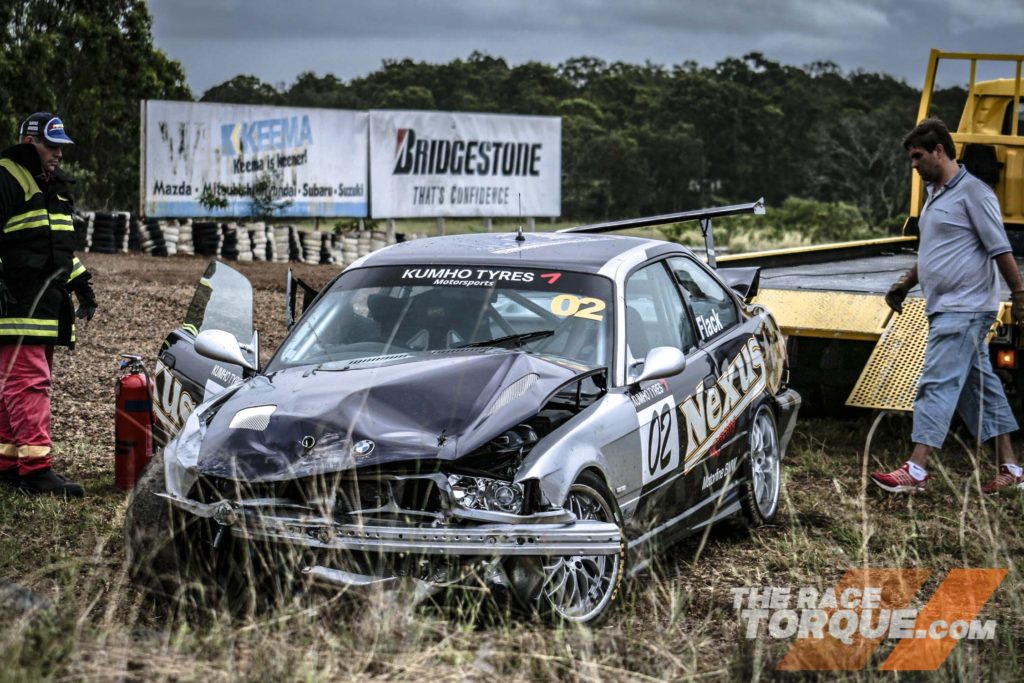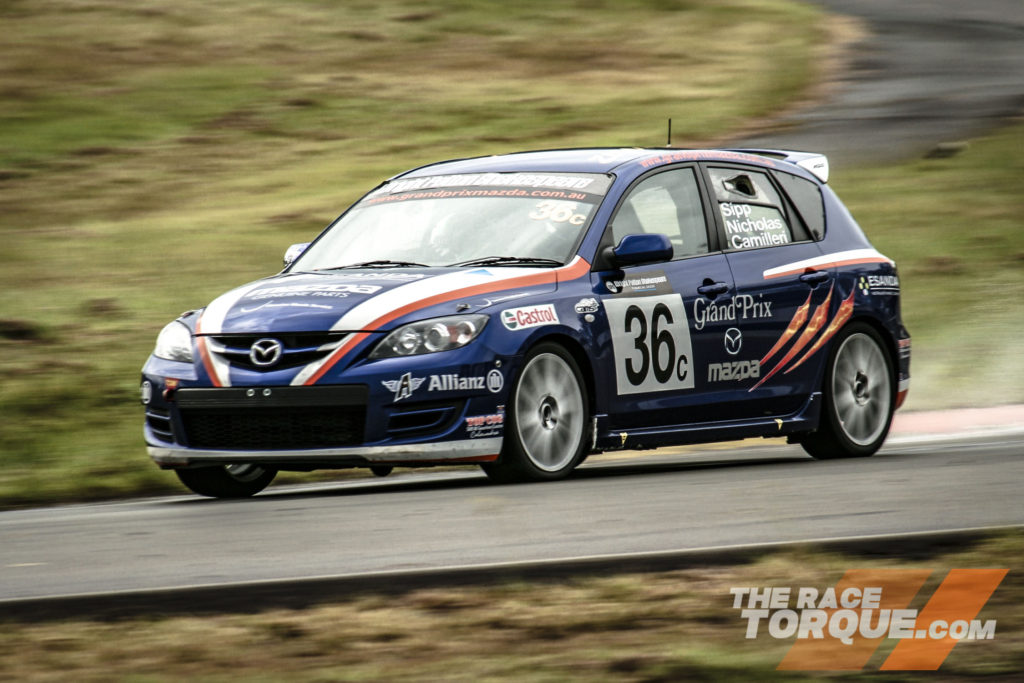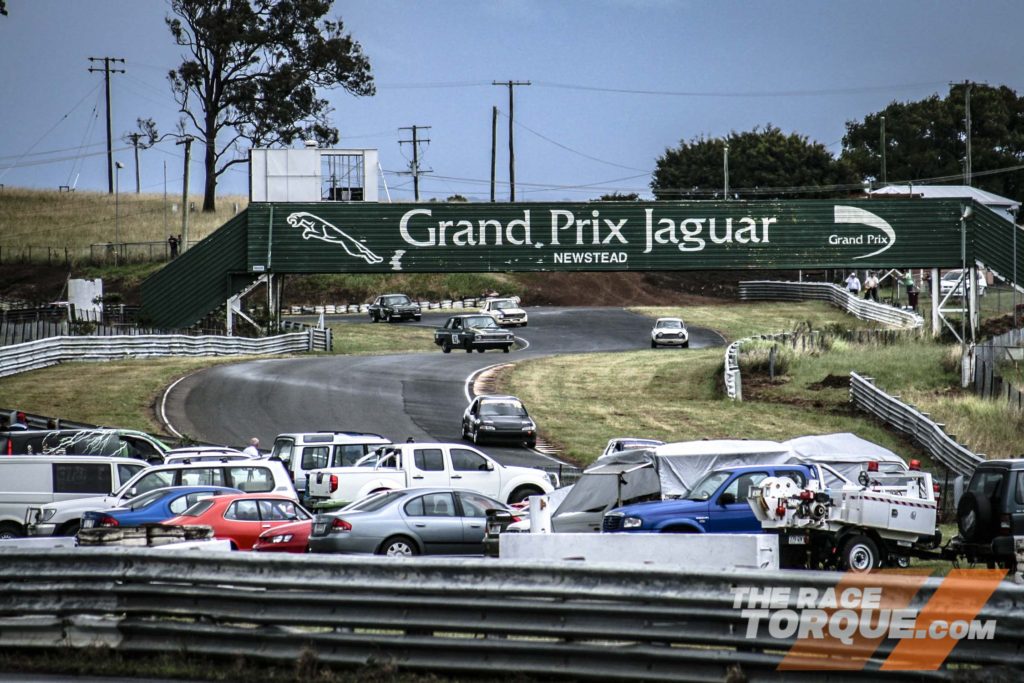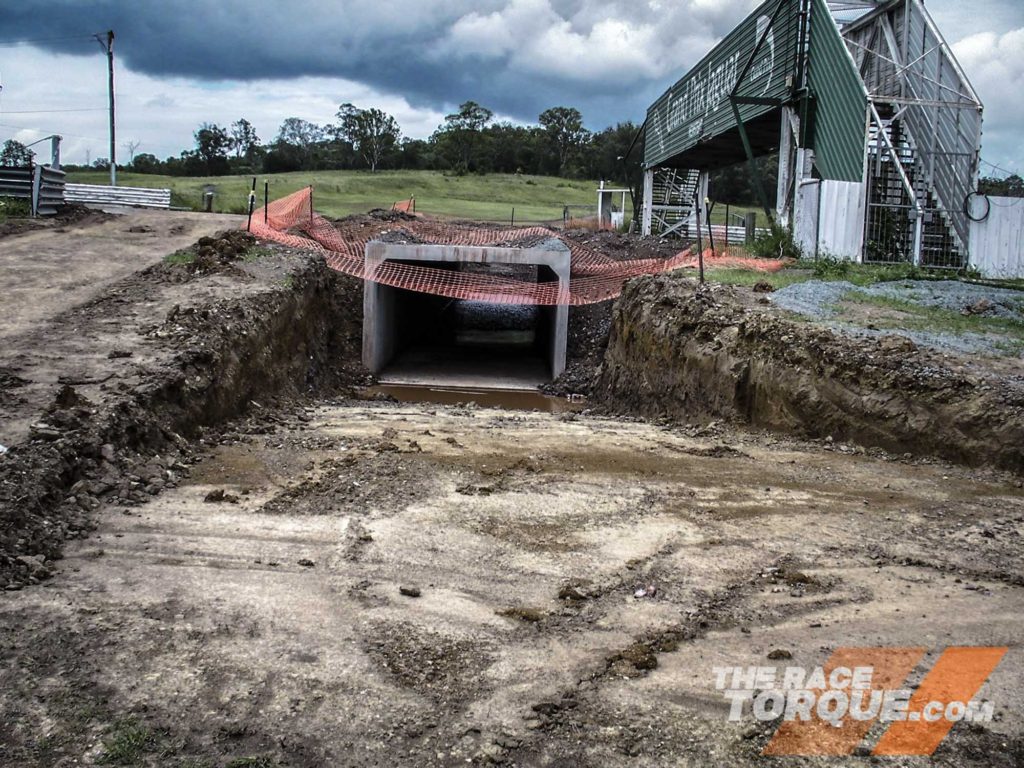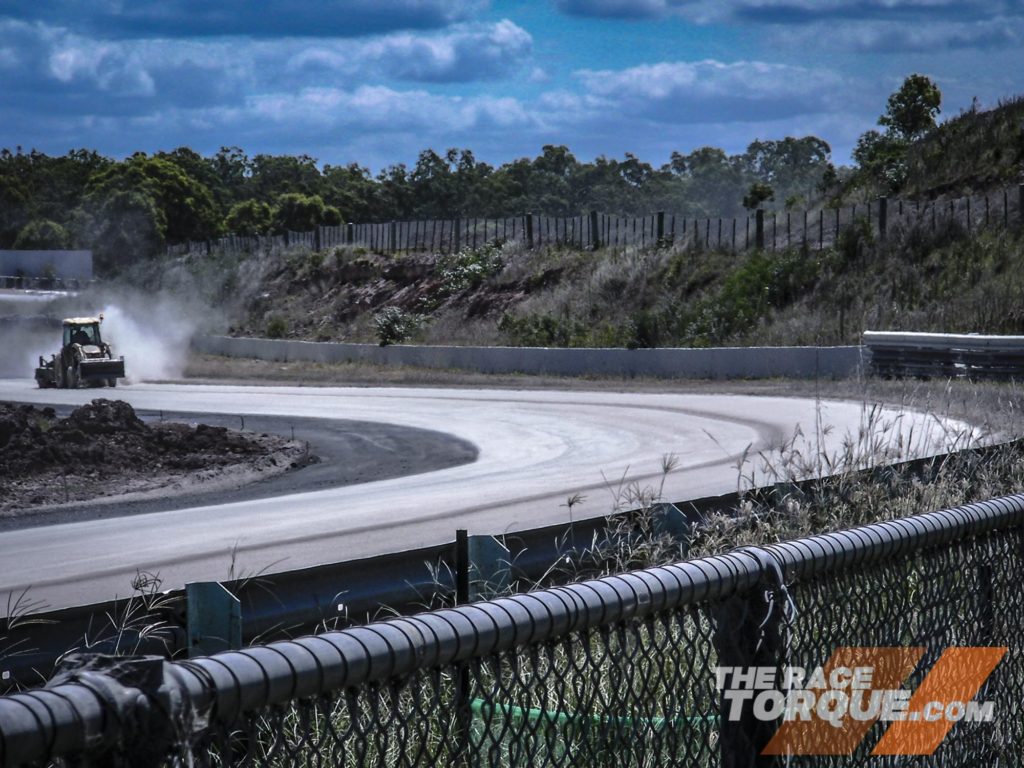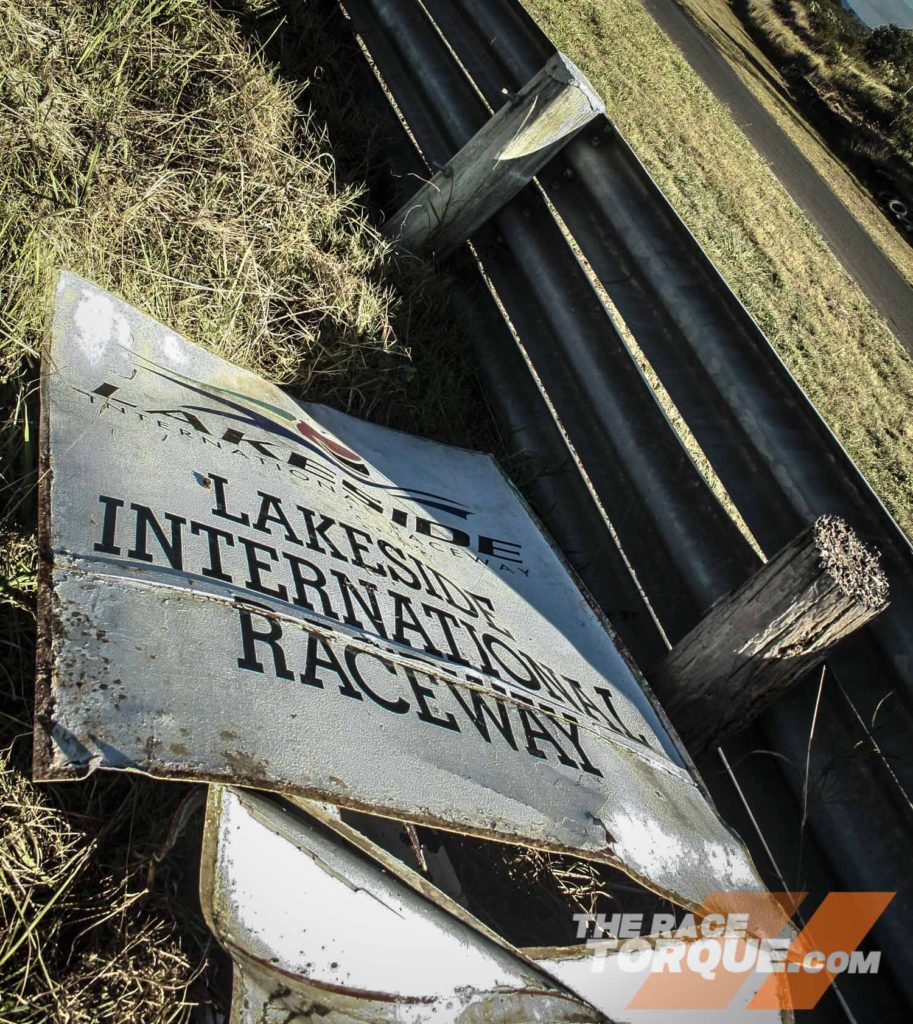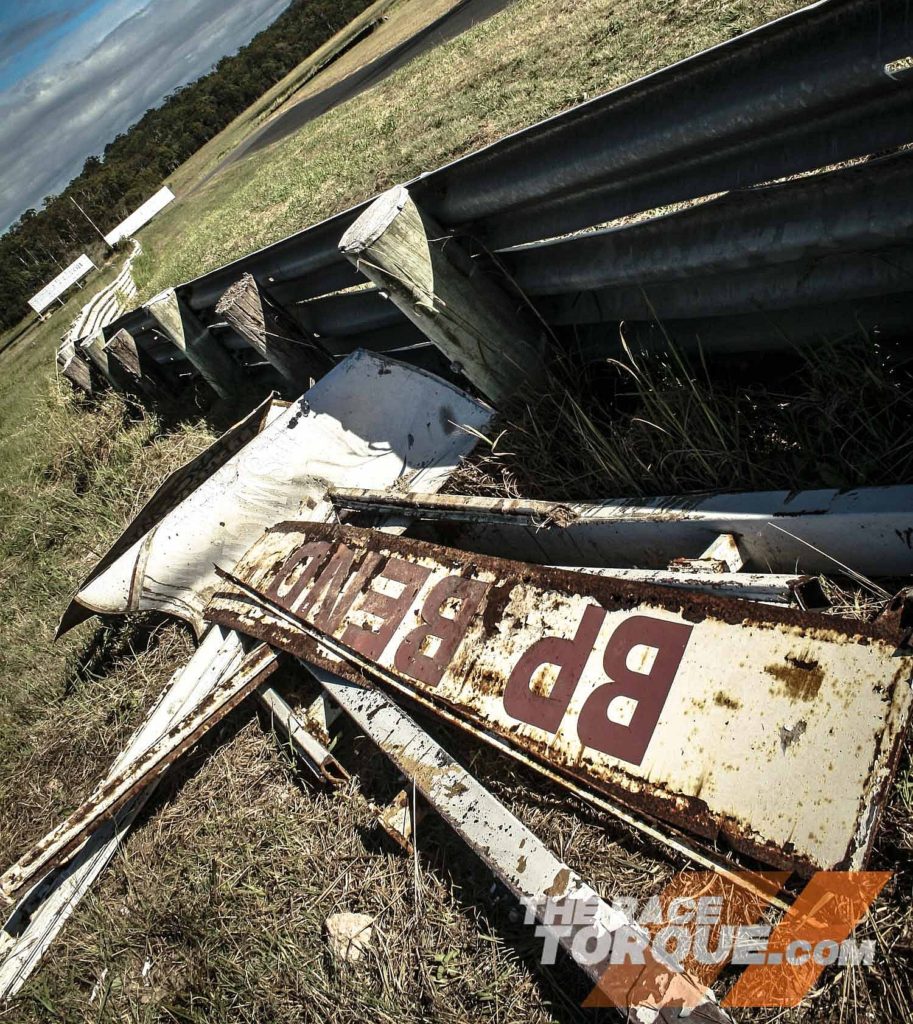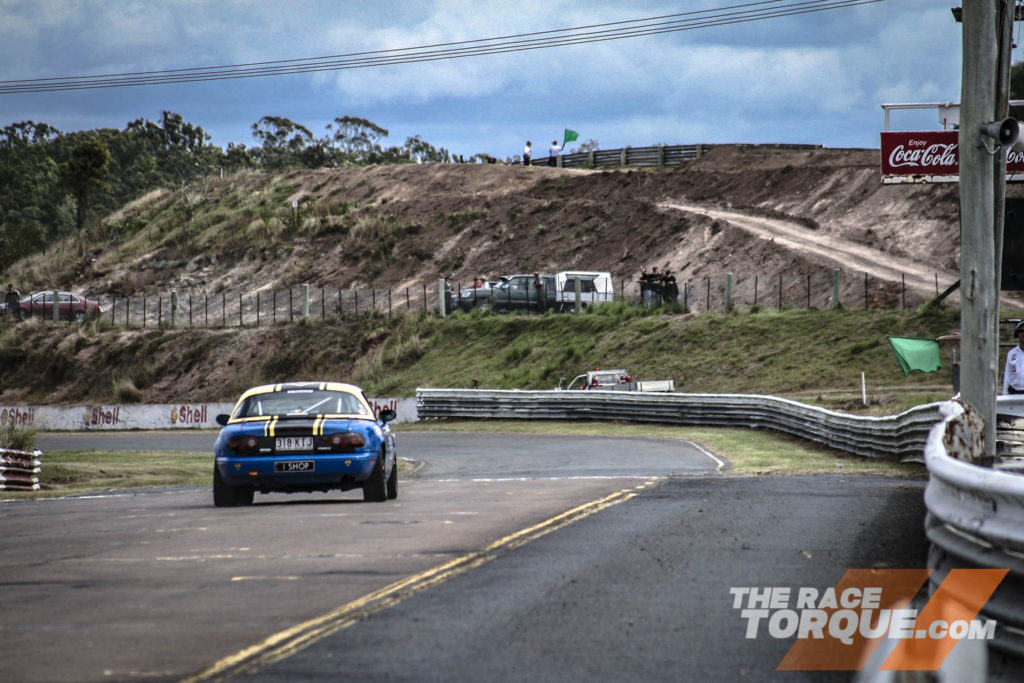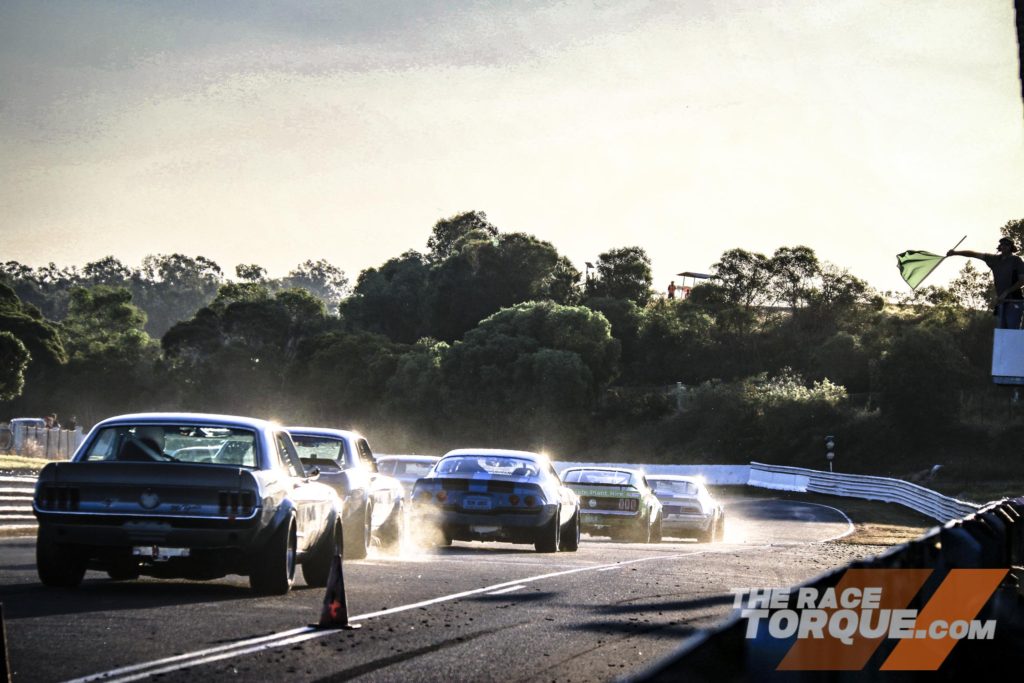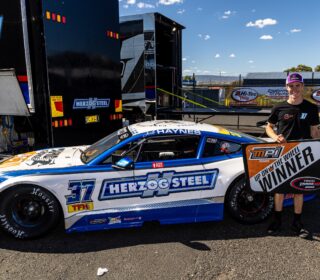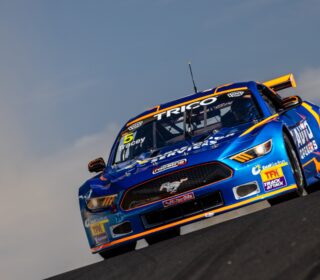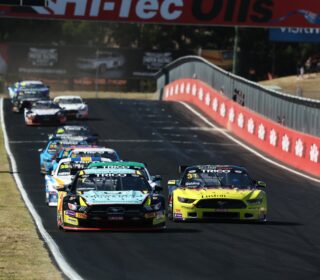THE RED TAPE, POLITICS AND NIMBYS OF LAKESIDE PARK
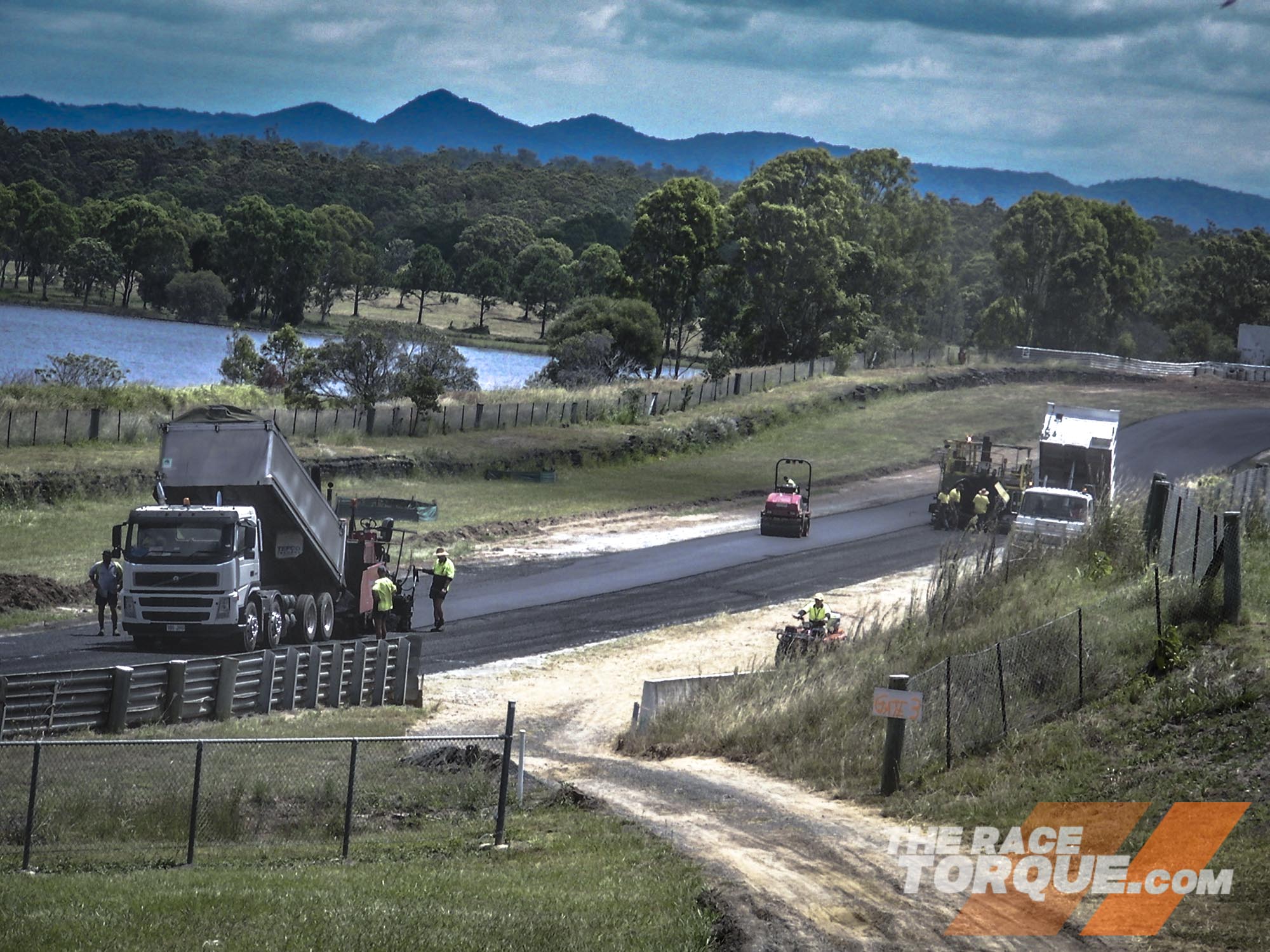
WHILE Lakeside Raceway roared back into life in 2008, the finer details of that return to action, and subsequent issues regarding noise, are further fascinating chapters in the storied history of the wild little Brisbane race track.
WORDS: Mark Walker IMAGES: Mark Walker & supplied
As we have documented in the Fall and Rise of Lakeside Raceway, the rollercoaster ride that saw racing return to facility had many twists and turns.
The Race Torque recently caught up with circuit operator John Tetley, for a deep dive into the issues involving the revival of the track, and the ongoing issues facing the future of the venue.
Breaking the Drought
In 2005, the Tetley operated Queensland Raceway was reaching capacity, so the company looked up the road to the disused Lakeside Raceway as a possible expansion option.
However, with the circuit owners, the Pine Rivers Shire Council, insisting on CAMS sanctioning, Tetley bided his time until expressions of interest were opened in 2006, with a wide spectrum of future uses put on the table.
“They were looking for it to become a more generic sports ground, maybe pushbike racing and things of that nature,” said Tetley, whose mixed use proposal eventually found favour.
“That was in early ’07, when we finally had the note, and the whole thing went to court for a year, it went backwards and forwards.
“The guy from (opposing tenderer) Total Driver wrote a letter wanting a judicial review of the process, anyway, it was actually November ’07 when we finally got to sign the lease.
“It could have been open at least a year earlier.”
Despite that initial green light, further delays followed, with the standing development approvals for the facility no longer valid, which saw the entire DA process repeated in 2008.
For that year, only low level events took place on the pre-existing layout.
“Finally in November ’08, we had the DA approved, and then in ’09 just as we had dug the whole thing up for resurfacing, the drought broke,” said Tetley.
Built on the banks of Lake Kurwongbah, prolonged rains have always seen water encroach on the racing surface, such as those experienced ahead of the Touring Car round in 1989.
With the track surface poorly constructed from the outset, reconstruction works saw considerable effort put in to beefing its foundations, with contractors Boral faced with a difficult task.
“Bloody hell, I mean, you wouldn’t believe it… if I remember correctly, there was nearly $40,000 worth of boxing up that got washed away in one night, so we had that, we had a profiler sink into the soft mud, and that was $60,000 to fix that, so quite a bit of the money we had got chewed up because of the bloody rain damage we kept suffering.
“Lakeside today would be a much better venue if it hadn’t been for the drought breaking.”
By 2009, the facility re-opened under the Lakeside Park title with a new track surface, widened in places, featuring a new vehicular access tunnel to the pits which contained a fresh paddock layout with lines of carports, while further works have subsequently been carried out on the track’s walls and other infrastructure.
The Heritage Listing of Things
As documented in the Fall and Rise of Lakeside, the track’s unique Heritage Listing appeared to be a saviour for the facility, keeping the track from becoming an extension of the golf course, or a subdivision.
Driven by the Friends of Lakeside, led by Trevor Beutel and Robert Hardacre, the Heritage Listing was either a blessing or a curse, depending on your perspective.
“Well, it was never going to be subdivided, I don’t know who would have said that, but the state zoning on that land, because it is a part of a catchment for potable water, was such that you can’t have a block of land less than 50 acres,” said Tetley.
“That means that with Lakeside you could have potentially broken it up into two blocks of land.
“The other thing of course was that before you could do anything like that, there would be a restitution cost in breaking up the track, cleaning it all up, there was a potential for contaminated soil, so there were a whole bunch of things that said it couldn’t possibly be done.
“In a way, the good meaning of Trevor actually worked against it, because the Council couldn’t get anyone to show any interest in it whatsoever when it had the heritage order on it, and I think the Council spent $40,000 in court getting that heritage listing lifted… but as one person said, you can’t possibly heritage list a race track, you can only heritage list a building.”
Once the Heritage Listing was lifted, the dilapidated bridge was disassembled (it had already been replaced by the tunnel), while Tetley sunk considerable funds into bringing the tower back up to spec, after vandals had made a mess of the long-standing structure.
The NIMBY Issue
As we have previously covered, in the first 40 years of operation of the facility, the venue registered a grand total of six noise complaints.
Since the reopening, two neighbours alone have reportedly placed over 1,000 complaints.
Broadly speaking, the composition of the surrounding areas has not changed greatly in recent decades, with semi-rural acreages (and a golf course) continuing to encircle the facility and Lake Kurwongbah, with the nearest new housing development over the hill (and a train line) to the venue’s east.
Meanwhile, a sizable pet retreat continues to sit on the property’s northern border.
While many nearby residents support the venue, the initial statement by the new owners in 2001 of “The Council will ensure that Lakeside will never be used for racing again,” has been the ongoing catalyst for unrest.
From day one, the reopened Lakeside Park faced tight scrutiny in terms of noise abatement, with all cars tested prior to hitting the track, and continually monitored while circulating.
With vehicles muffled, about $30,000 worth of monitoring equipment was installed at pre-agreed local properties.
Activity continued for several years before changes within what is now the Moreton Bay Regional Council, saw the matter of noise come to the forefront.
The makeup of the council executive changed, with the Queensland Ombudsman then compiling a report into the venue, and with pressure applied on the council, the clamp subsequently came down on Lakeside.
Racing was suspended at the track in October 2018 following noise related fines totalling $29,100, with further headlines made in June last year when the venue’s premiere event, the Lakeside Classic, was cancelled.
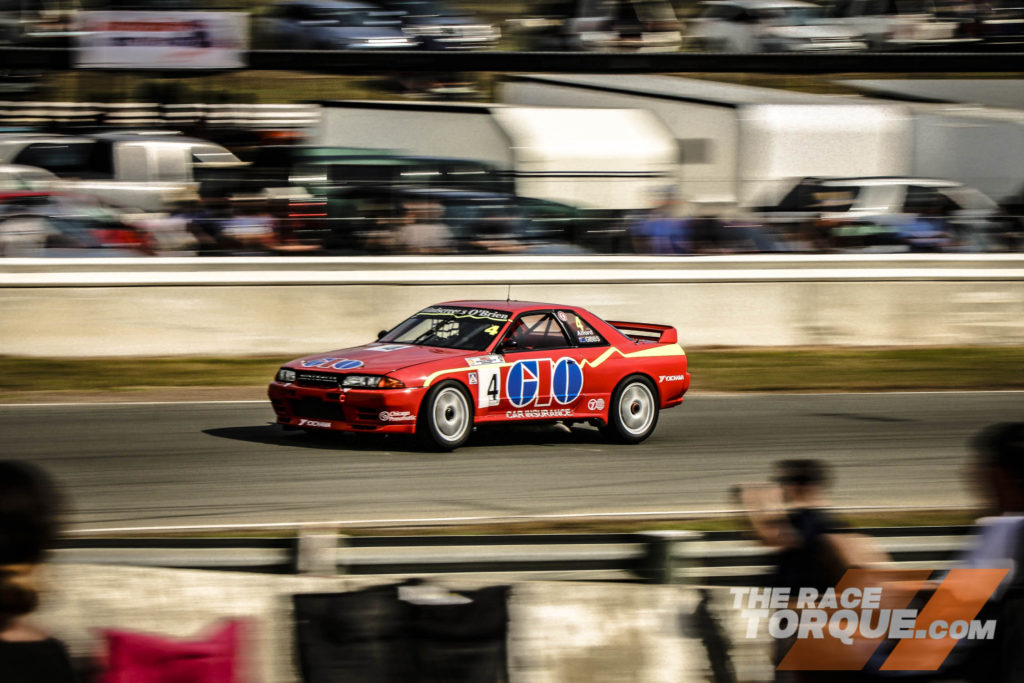
Issues have involved the manner in which noise levels are monitored, as well as the positioning of monitoring devices within local properties, with the residence closest to the race track, and directly across the lake owned by the Wilkinson family, a major sticking point.
“When the one went in at Wilkinson’s, I said no no no, that was never to be there, we agreed that that wouldn’t be the case,” said Tetley.
“What happened then was that the council said no no John, it’s just for monitoring, we’re never going to go and charge you with an exceedance at that meter, and of course all of the exceedences have been at that meter, because it is just too damn close.
“That’s when I’ve said, hang on, we wrote a deal, and I invested four million dollars on the basis that the sound monitoring would be at these points, and you moved it to there, so let’s go to court, because I’m pretty sure I’ll win.
“And of course, it’s never gone any further since I kicked back on it.”
The venue is currently the subject of a master plan by Queensland Raceways into its future use, with the hope of it earning a Ministerial Infrastructure Designation.
This plan entails the facility being recognised as a Sports Ground, which carries different noise allowances compared to its current designation as an Outdoor Entertainment Venue, while other future uses of the facility have been proposed, including a quad bike/4WD training and safety area, as well as mountain bike trails.
The venue is currently used on many days for driver and rider training, with the main circuit also regularly hosting bicycle events.
“We are looking for a special approval from the State Government, which they are in the process of looking at our request, and that would give us the ability to be loud on some days, and just loud on other days, and then quiet for other days,” said Tetley.
“Instead of trying to meet noise limits every day, we aim to meet an overall noise limit, so for a month we have no more exceedences than a certain number.
“And then what we have to do is decide on a business that will fit inside those numbers.”
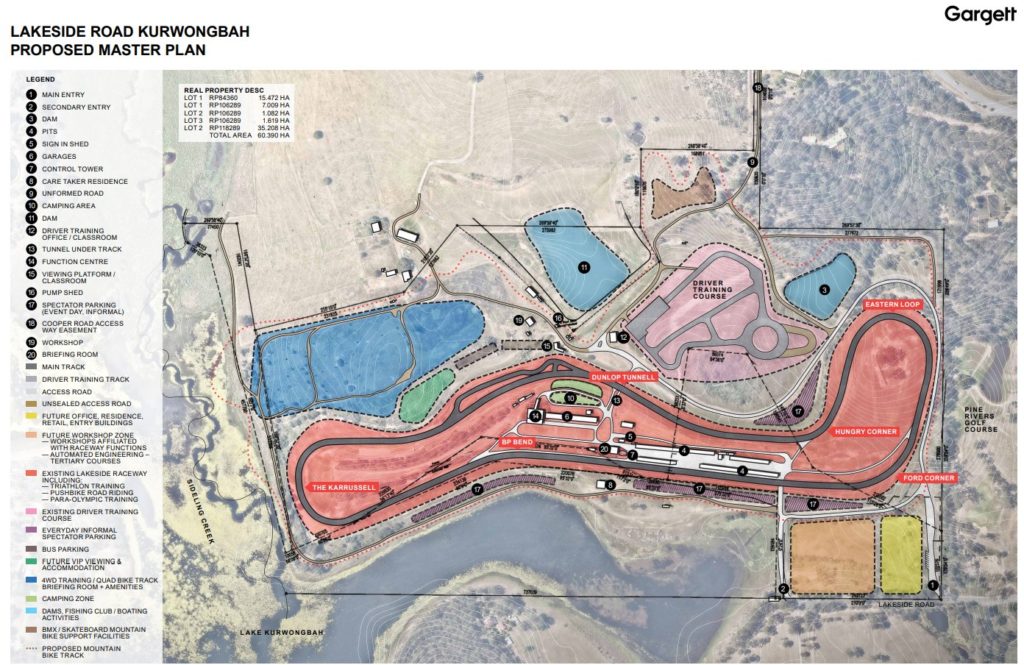
The COVID-19 Shutdown
Race circuits, like many other businesses within the motorsport industry, have felt the full force of the COVID-19 pandemic, with both of the Queensland Raceway venues shutting down from the 15th of March.
“We got a few things done for improvements at both venues while they were lying idle, made up a whole bunch more COTA barrier, stuff like that,” said Tetley.
“So we were busy, but had zero revenue, we were hurt.
“If we had five percent of our normal revenue for Q4, that would have been it, and as luck would have it of course, we had a number of rain outs in the January and February timeframe, so we were already a long way behind the eight ball in Q3.
“It has been a very tough time, we had all of those people out here recently, that gave me heart to think that we are doing something that people need and want, and look, I enjoy putting excitement into other people’s lives.”



